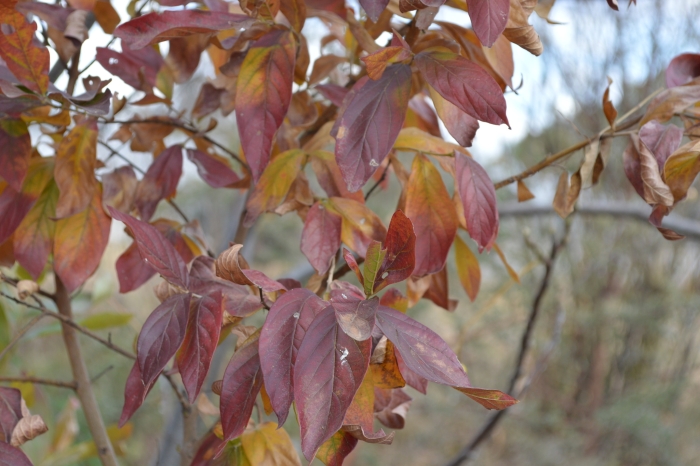River Bushwillow
(Combretum erythrophyllum)
River Bushwillow (Combretum erythrophyllum)
/
/

Hildegard Klein
CC BY 4.0
Image By:
Hildegard Klein
Recorded By:
Copyright:
CC BY 4.0
Copyright Notice:
Photo by: Hildegard Klein | License Type: CC BY 4.0 | License URL: http://creativecommons.org/licenses/by/4.0/ | Rights Holder: Hildegard Klein | Publisher: iNaturalist | Date Created: 2020-06-17T15:26:20-07:00 |













Estimated Native Range
Summary
Combretum erythrophyllum, commonly known as River Bushwillow, is a deciduous tree native to riparian zones, such as riverbanks and floodplains, in southern Africa, particularly in countries like South Africa, Botswana, and Zimbabwe. It typically grows to a height of 23-39 feet (7-12 meters) with a dense, spreading crown that can provide significant shade. The River Bushwillow is characterized by its attractive, glossy green leaves that turn a bright red or yellow before falling, adding seasonal interest to the landscape. From late spring to early summer, it produces cream or yellowish flowers in rounded spikes that are subtly fragrant, followed by distinctive four-winged fruits that persist on the tree, providing visual interest even after the flowering season.
This species is valued for its adaptability to various environmental conditions, being both frost and drought hardy. It is a popular choice for restoration projects along waterways and for ornamental use in large gardens and parks. The River Bushwillow is also an important ecological species, providing food for a variety of wildlife including giraffe, elephant, bushbuck, and nyala. In cultivation, it requires full sun to part shade, well-drained soil, and can tolerate occasional flooding. While it is generally low-maintenance, it may require pruning to maintain a desired shape or to remove any damaged branches.CC BY-SA 4.0
This species is valued for its adaptability to various environmental conditions, being both frost and drought hardy. It is a popular choice for restoration projects along waterways and for ornamental use in large gardens and parks. The River Bushwillow is also an important ecological species, providing food for a variety of wildlife including giraffe, elephant, bushbuck, and nyala. In cultivation, it requires full sun to part shade, well-drained soil, and can tolerate occasional flooding. While it is generally low-maintenance, it may require pruning to maintain a desired shape or to remove any damaged branches.CC BY-SA 4.0
Plant Description
- Plant Type: Tree, Shrub
- Height: 23-39 feet
- Width: 13-33 feet
- Growth Rate: Moderate
- Flower Color: Red, Orange
- Flowering Season: Summer, Fall
- Leaf Retention: Deciduous, Semi-deciduous
Growth Requirements
- Sun: Full Sun, Part Shade
- Water: Medium
- Drainage: Medium, Fast
Common Uses
Bee Garden, Bird Garden, Butterfly Garden, Erosion Control, Low Maintenance, Street Planting, Water Garden
Natural Habitat
Native to riparian zones and floodplains in southern Africa
Other Names
Common Names: River bushwillow, Red bushwillow
Scientific Names: , Combretum erythrophyllum, Combretum erythrophyllum var. obscurum, Combretum glomeruliflorum, Combretum glomeruliflorum var. obscurum, Combretum glomeruliflorum var. riparium, Combretum ligustrifolium, Combretum ligustrifolium, Combretum lydenburgianum, Combretum riparium
GBIF Accepted Name: